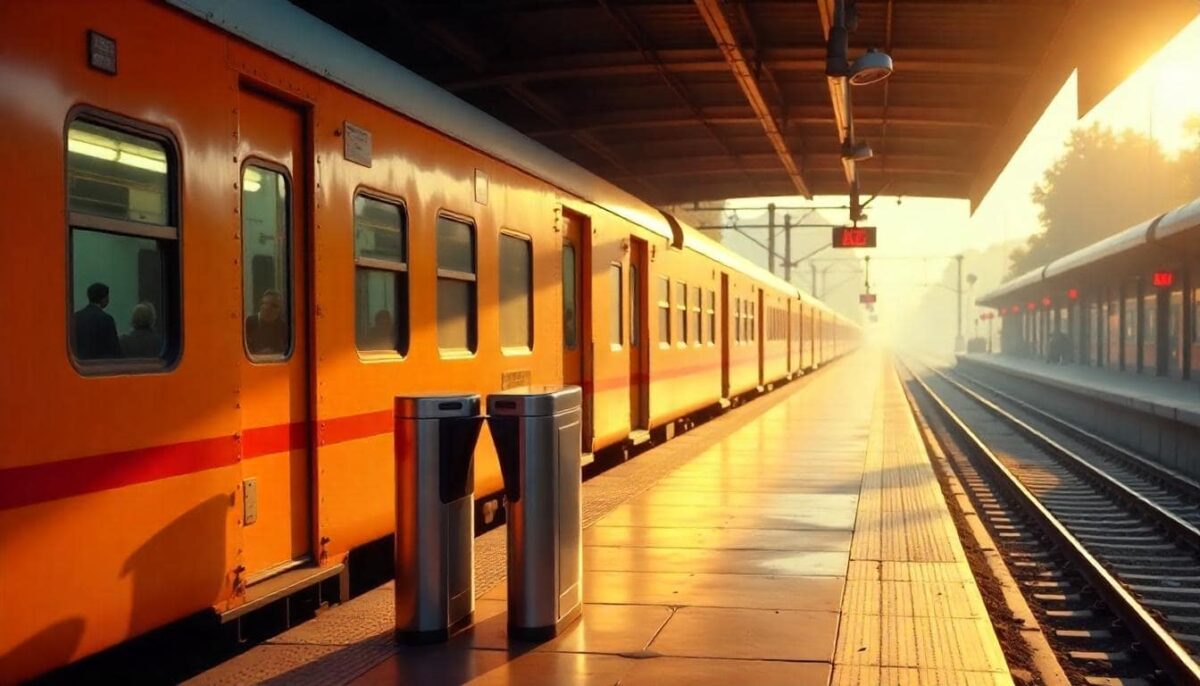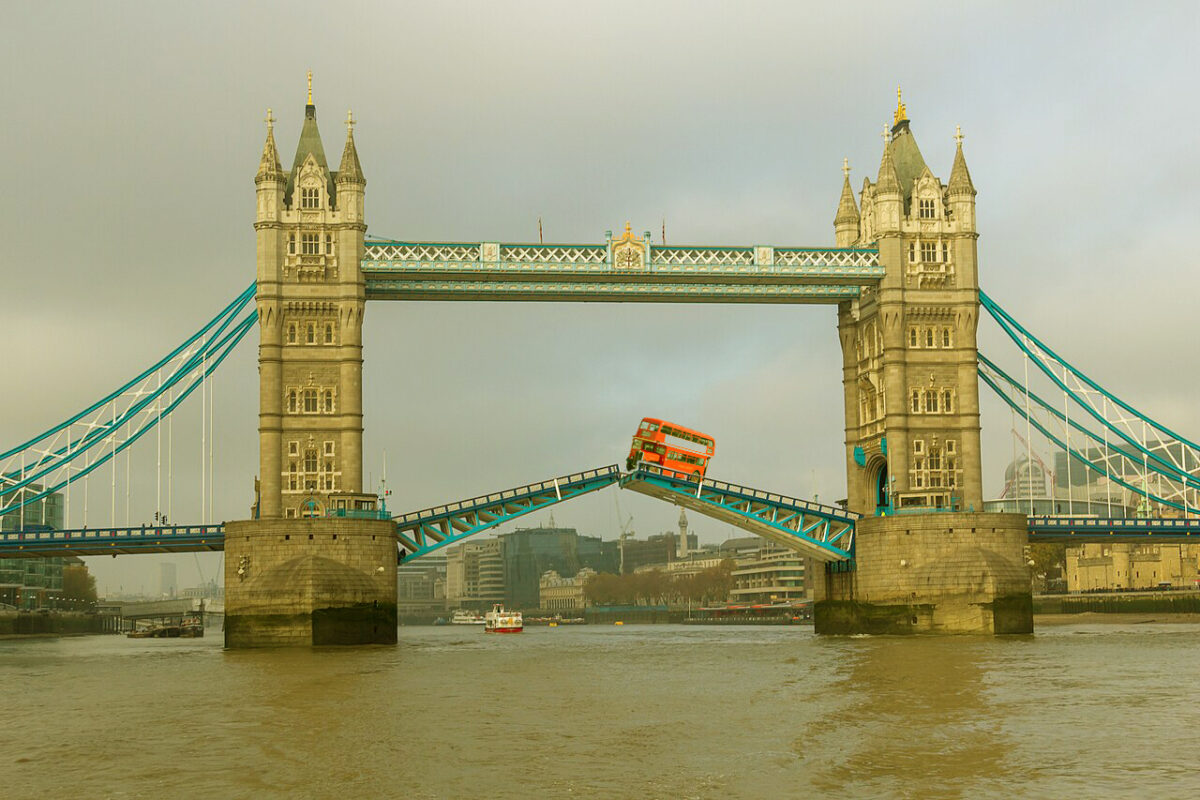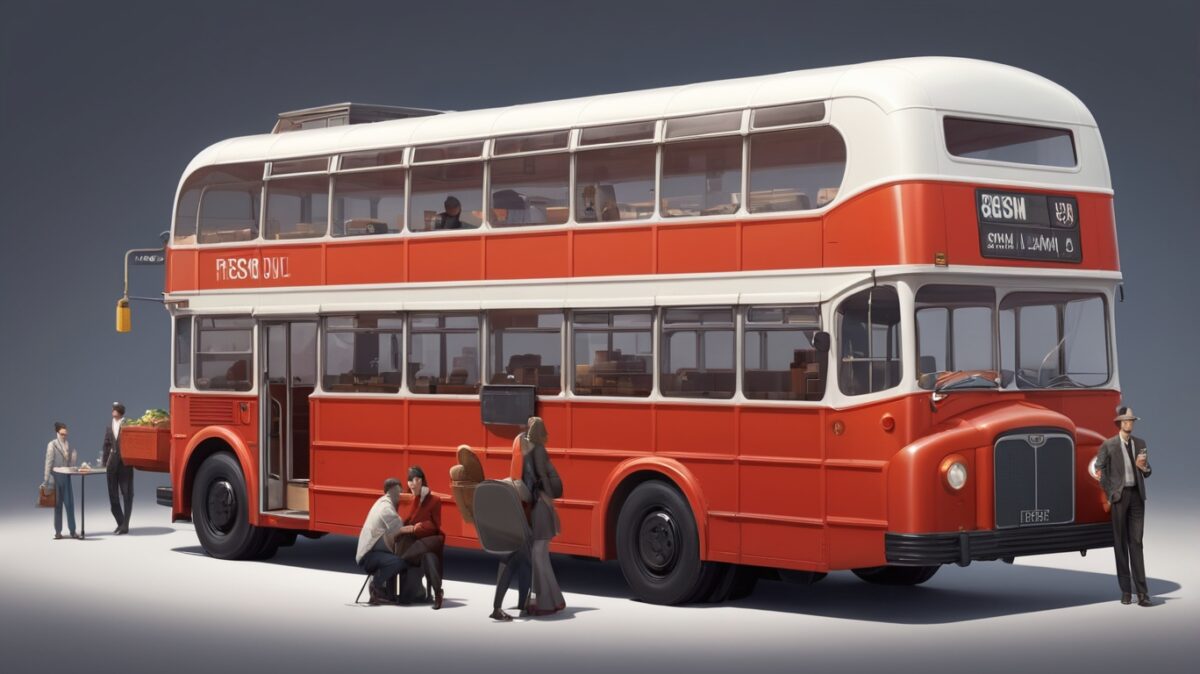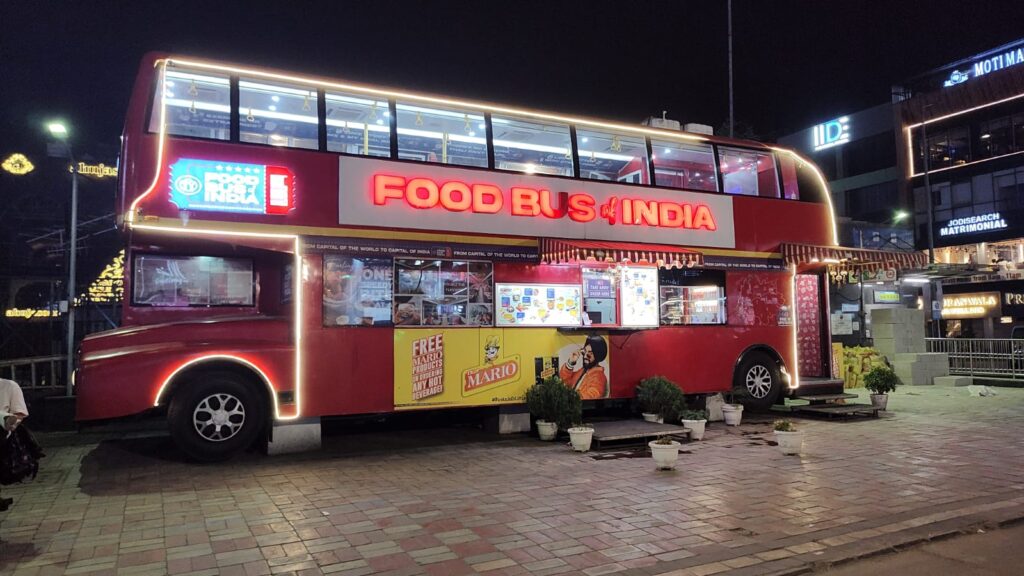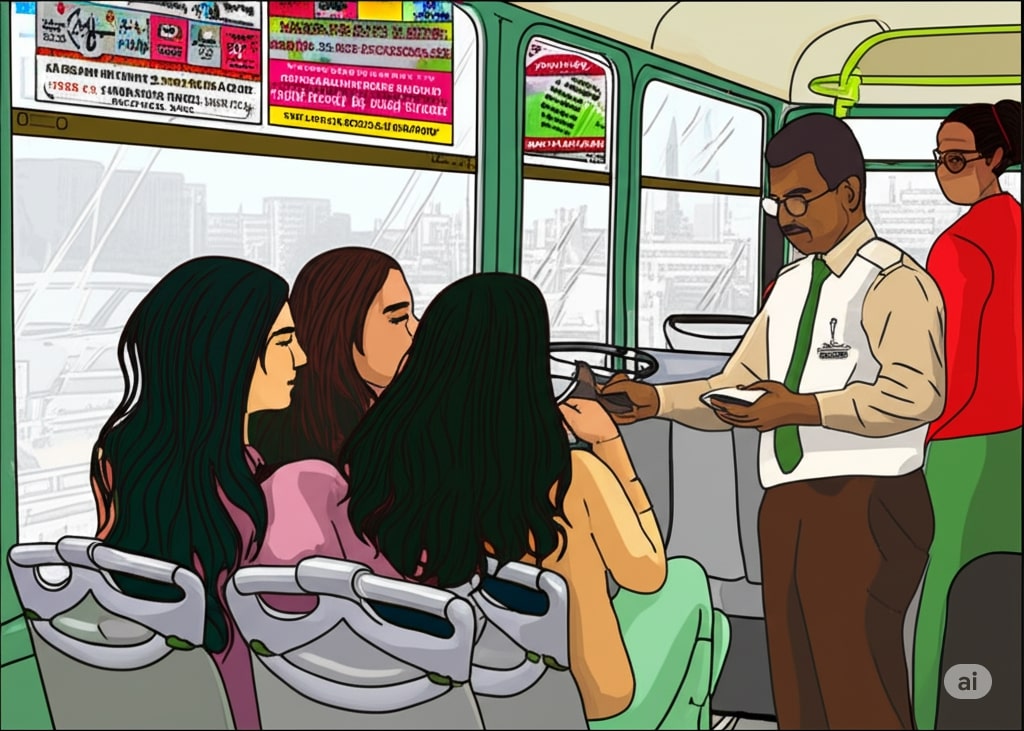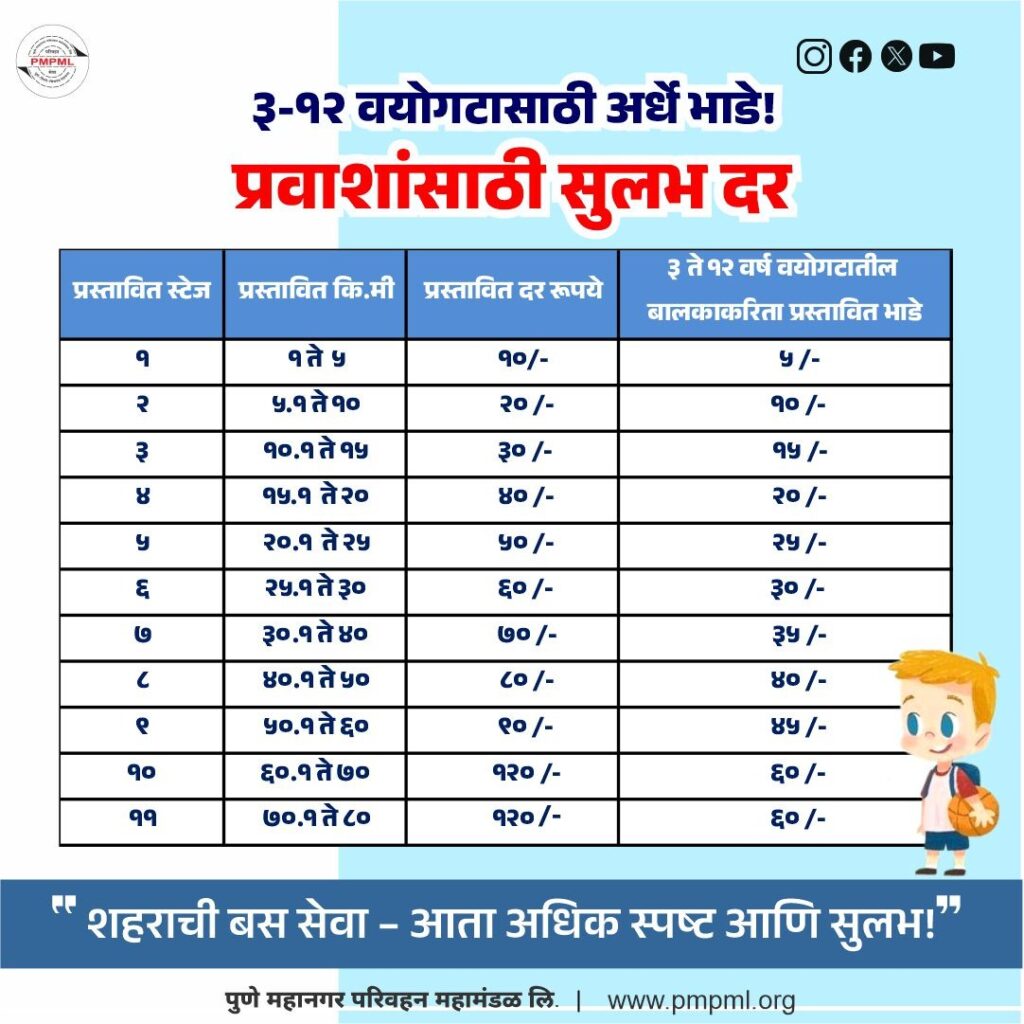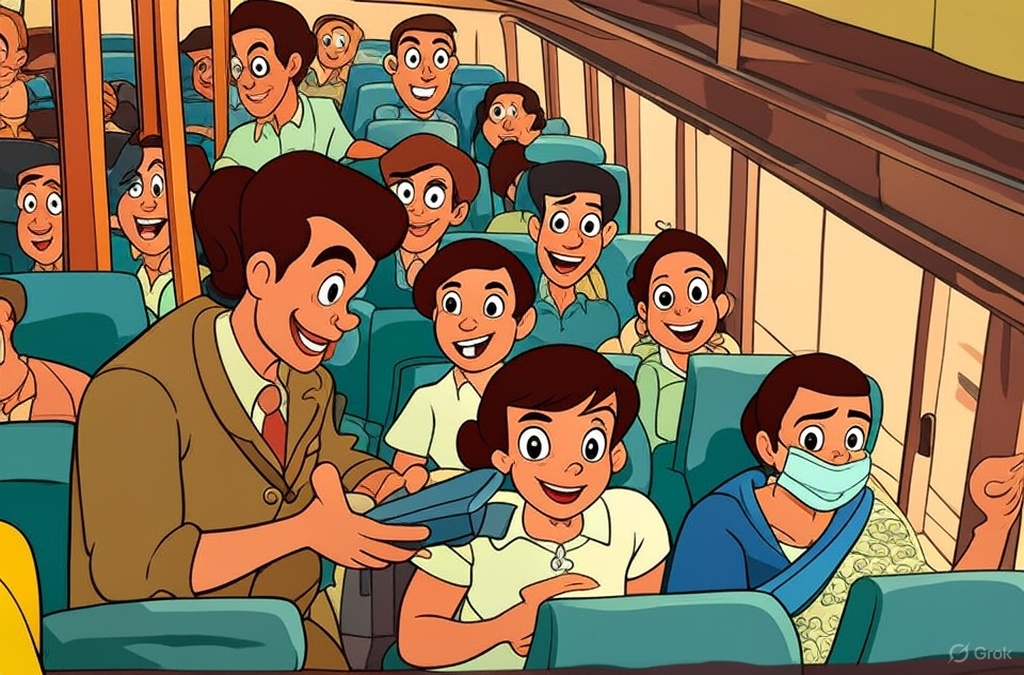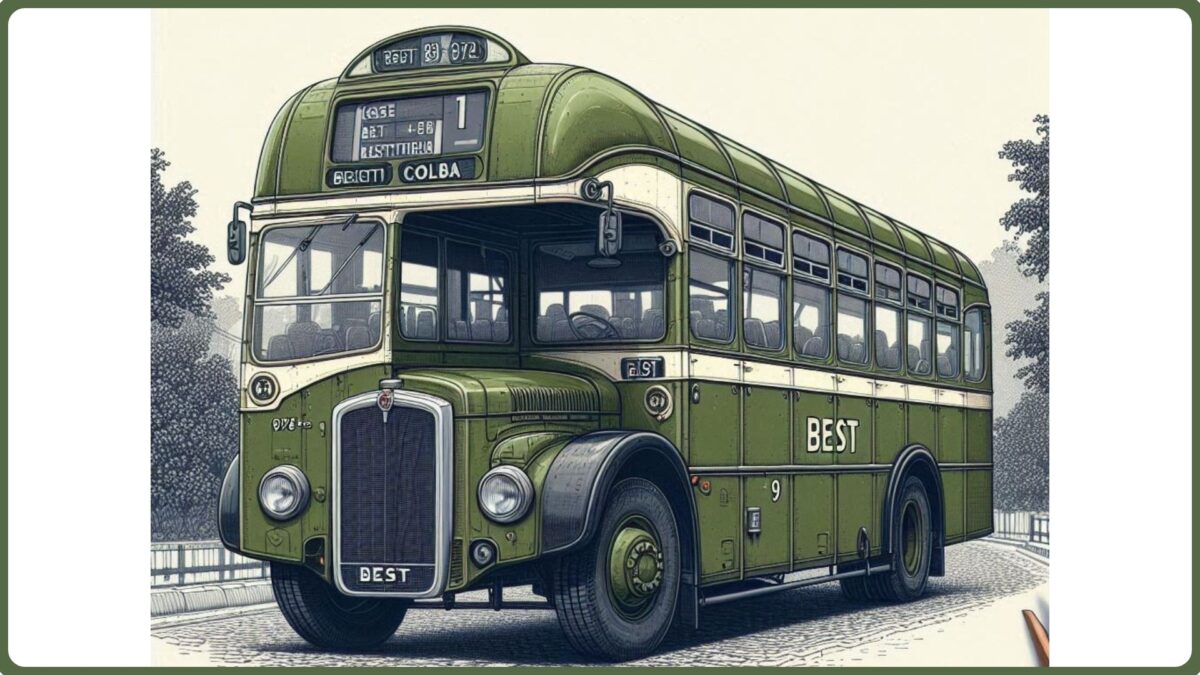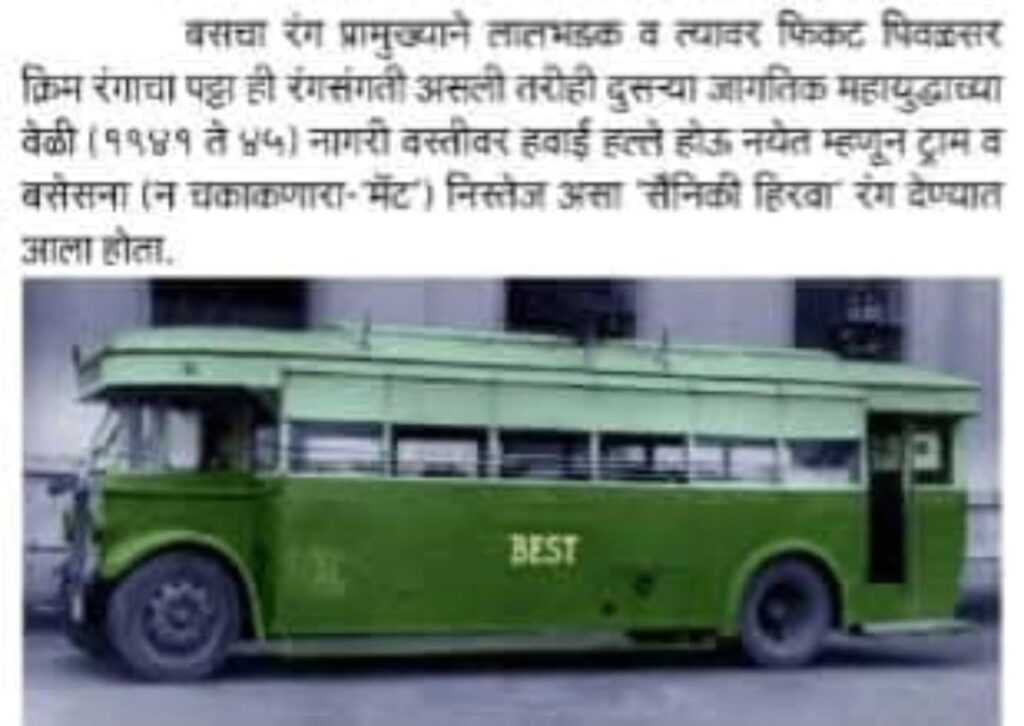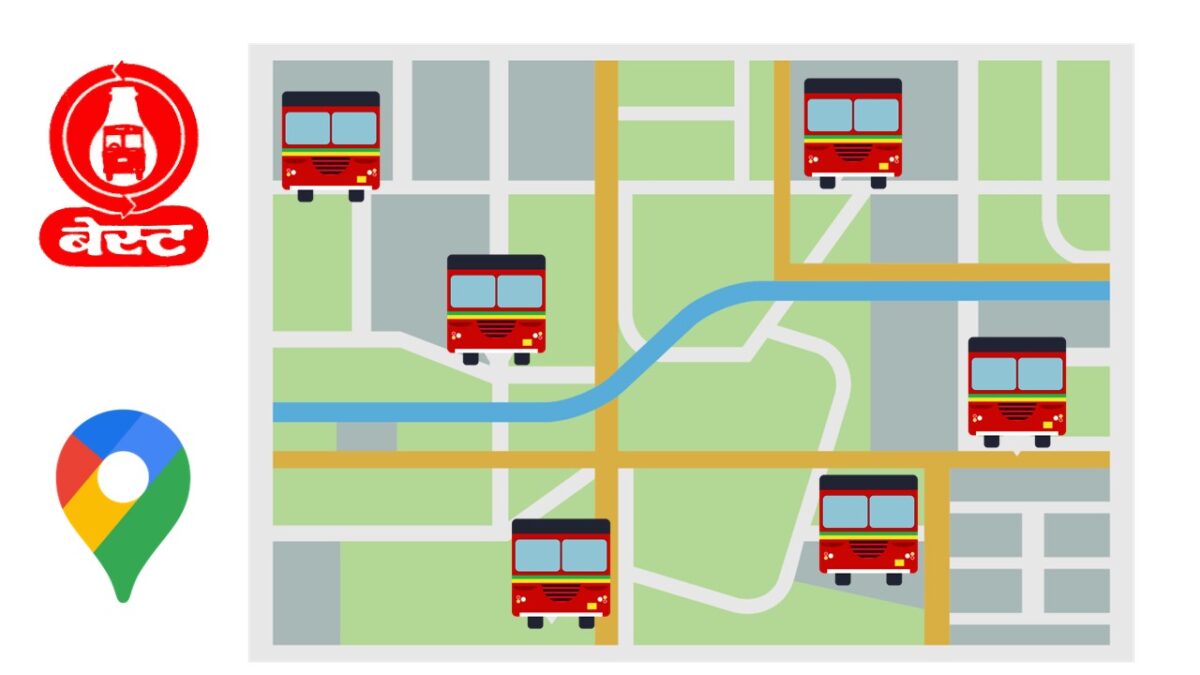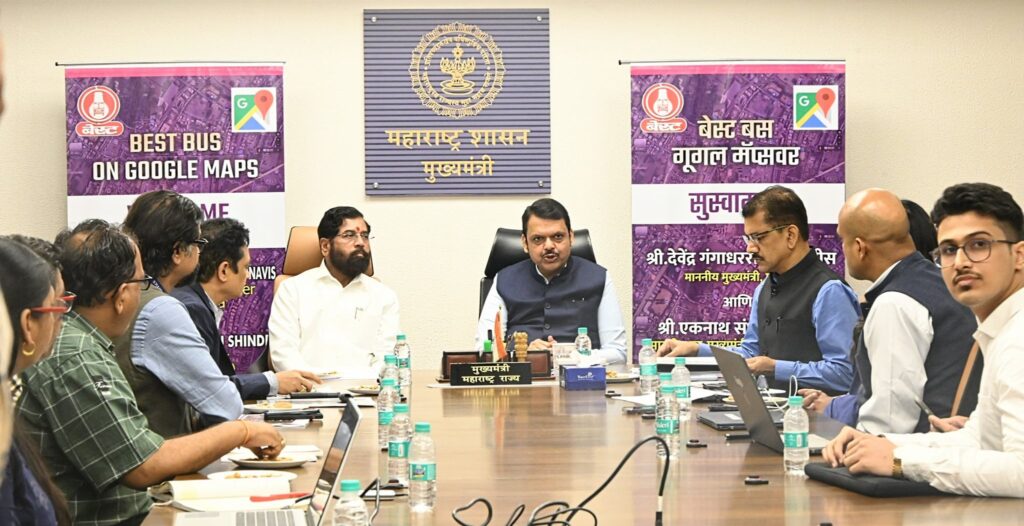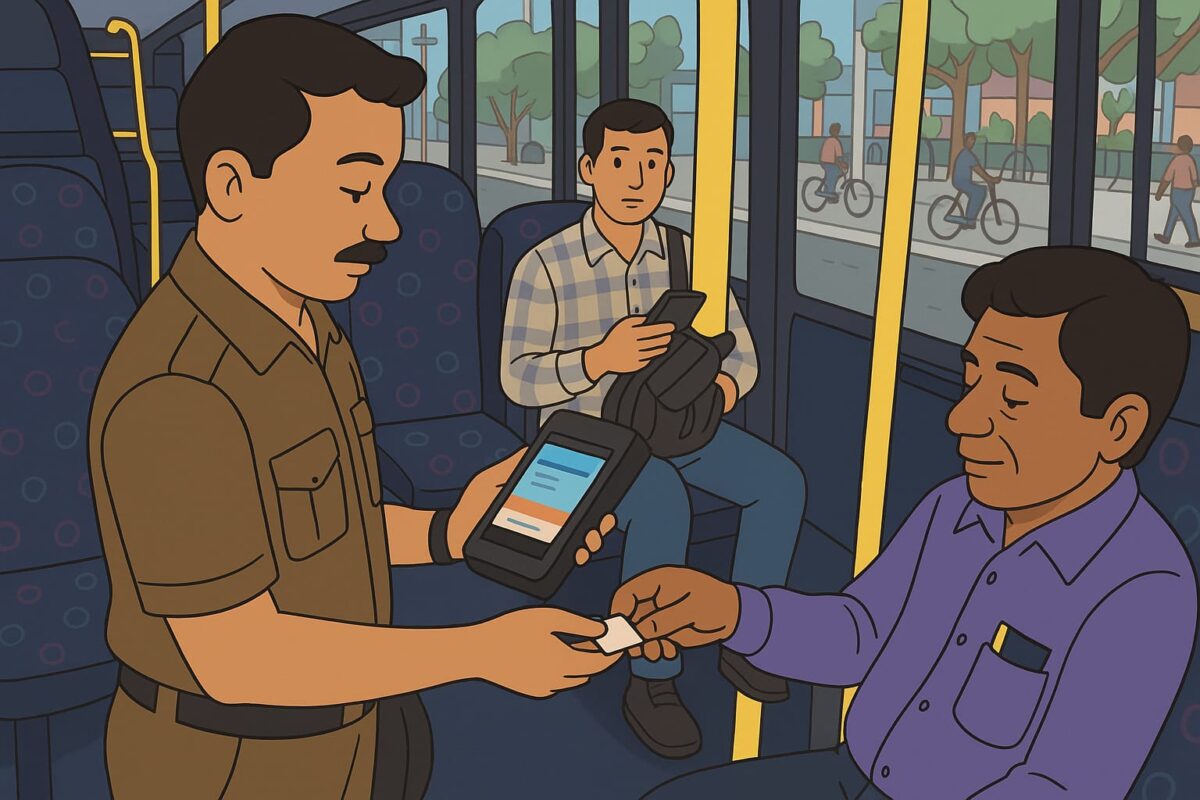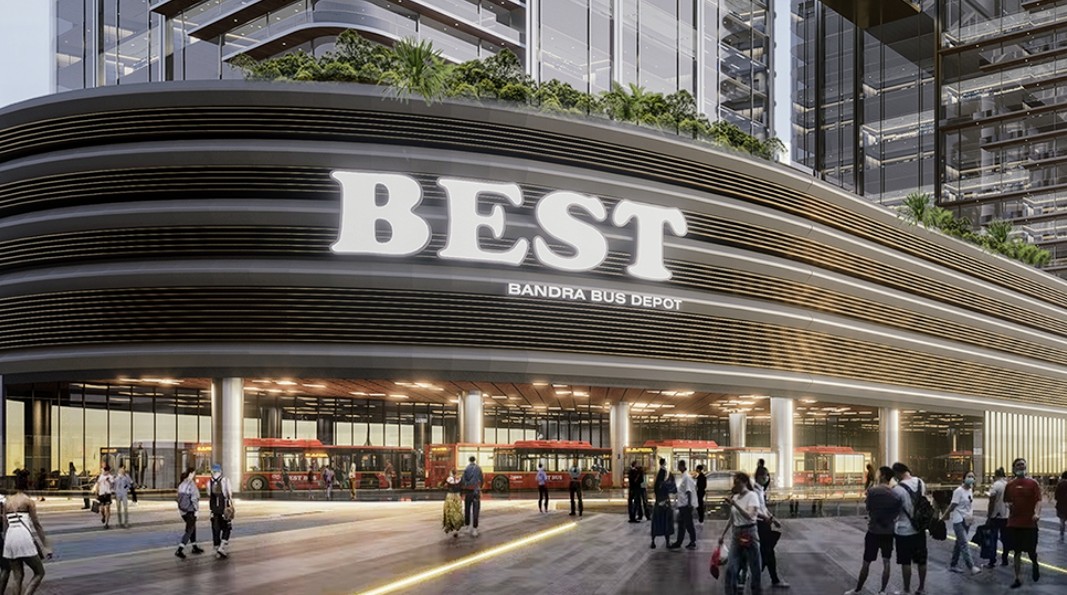In an interesting move, the Indian Railways has decided to pilot a access control system at stations to both control crowding as well as reduce leakage of revenue. Many a transit fan has been advocating this for a while now, with some of us arguing that the best time to do this being the 2020 lockdown. However, in hindsight, that would have been difficult. However, it is not too late.
Indian Railways began work after learning from the Mahakumbh of 2025, a high-population event. In a press communique published via the Press Information Bureau in March, the IR announced various measures taken. The first measure taken was the creation of holding areas at various station to ensure that passengers were allowed to enter the platform only when the train arrived. Holding areas were created at several stations, with the main ones being Surat, Udhna, Patna and New Delhi for the festival season of 2024. Arrangements were repeated at nine stations in and around Prayagraj during the Mahakumbh with pilot projects being implemented at New Delhi, Anand Vihar, Varnasi, Ayodhya and Ghaziabad. Permanent holding areas will be implemented across 60 stations where complete access control would be implemented. As part of the access control measure, holders of confirmed tickets would be given direct access to platforms, while those holding waitlisted tickets or without tickets would be in the waiting area and all unauthorised entry points to the station would be sealed.
Two new footbridge standards – 12 metre (60 feet) and a 6 metre (40 feet) wide – have been designed which will be installed across all 60 stations. CCTV cameras will also be installed across the station with a war room to accommodate all officers being established to handle crowded situations. One very exciting development is the deployment of communication hardware including walkie-talkies.
The sale of tickets will also be regulated, especially during rush hours and the issue of platform tickets will be halted at such times, barring for those who are reaching the station to aid those who may require assistance.
The Railway Board has tasked the zones to identify railway stations to further establish electronic access control, similar to rapid transit systems. Western Railway has announced a list of 12 stations, of which three – Bandra Terminus, Andheri and Borivali – fall under the Mumbai division.
While most of what the Railways’ has said relates to long distance trains – made evident by the fact that the three stations in Mumbai that WR has chosen all have long-distance trains halting there – it is still indicative of what future plans are.
It is at this time that Indian Railways can consider integrating the NCMC with the network. Especially given that passengers will be restricted to the waiting area till the train arrives, an opportunity appears for it. Specific turnstiles at the station can be configured for the class of coach that will halt in front of it. I had written earlier about possible ways to integrate NCMC with the railways earlier, do read: Indian Railways Should Get On The NCMC Bandwagon.
Additionally, there are certain changes about the NCMC system itself that will be required for its optimal usage. A detailed article on this will follow soon.
Featured Image: What AI thinks Indian Railways with a turnstile looks like (Generated with Flux/Pikaso/Freepik)
![]()
